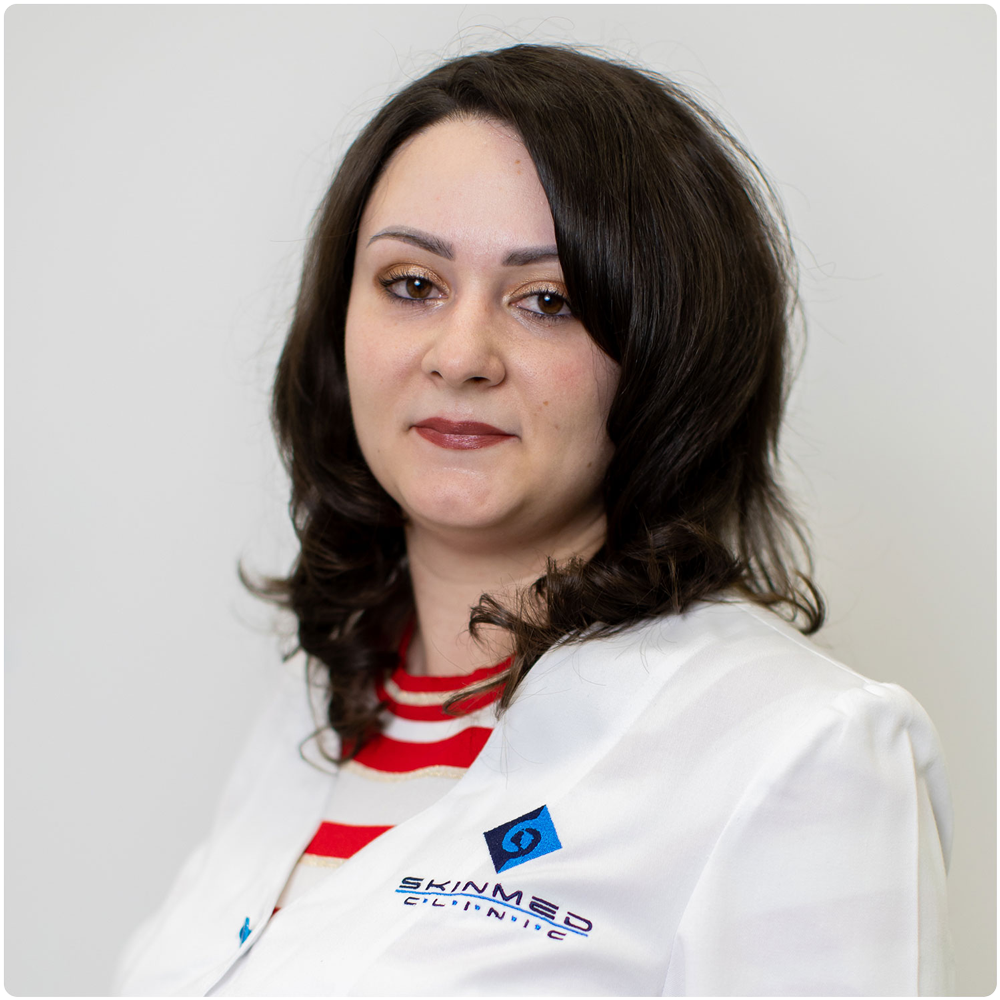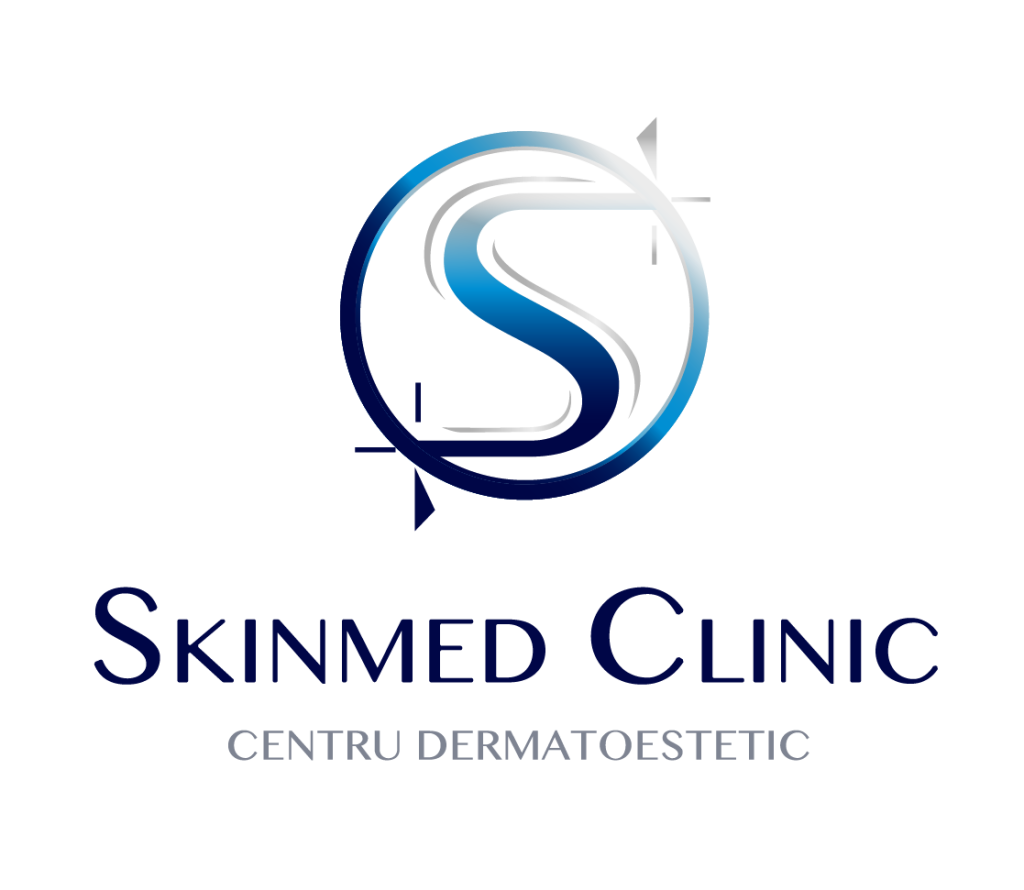Approximately 30% of the world's population is currently affected by different types of allergies, from seasonal (such as pollen or ragweed) or food allergies, to allergies to pets, mites or insects. This phenomenon is also increasing in our country, which is why allergy consultations are increasingly sought to relieve symptoms and prevent the serious consequences of allergies.
Allergology
Who are we talking to?
To all patients who suspect that they suffer from a type of allergy and those who have been diagnosed with allergic diseases such as allergic rhinitis, allergic conjunctivitis, allergic rhinoconjunctivitis, allergic asthma and other respiratory conditions, food allergies, allergic contact dermatitis, atopic dermatitis, who have a personal history of drug hypersensitivity reactions, spontaneous recurrent or chronic self-reactive or autoimmune urticaria.
Following the specialist allergological consultation, any medical or aesthetic procedure can be carried out in complete safety for the patient.
Why choose SKINMED experts®?
Because you are safe in the knowledge that you are benefiting from the expertise of a team of professionals, who provide both quality medical care and support in knowing and understanding what is important, relevant and safe in your current medical context.
Benefits of specialist allergology consultations in SKINMED®
What is allergology?
Allergology is the specialty that deals with the detection and diagnosis, prophylaxis and treatment, monitoring and appropriate education of patients with allergic diseases. These are hypersensitivity disorders initiated by immunological mechanisms.
Most of the time, allergies interfere with patients' daily activities, negatively affecting their quality of life.
What SKINMED specialist allergology consultations consist of®?
The allergological consultation, carried out by the specialist, involves:
How is the allergological diagnosis made?
In SKINMED®, allergological skin patch tests with selected contact allergens, challenge tests to physical agents (ice cube) and skin testing to local anaesthetics (xylin, mepivacaine) are performed to establish the allergological diagnosis.
What types of allergic diseases are frequently diagnosed in SKINMED®?
ALLERGIC CONTACT DERMATITIS
See details
Allergic contact dermatitis is a delayed-type inflammatory skin condition that begins after contact of the integument with contact allergens in people who have been sensitised by previous exposure.
As the population's exposure to environmental allergens is constantly changing, allergic contact dermatitis is a hot topic. European and international medical societies, which aim to track the evolution of this pathology, are continuously studying the increase in the number of contact dermatitis cases to new allergens or the reduction in the number of cases to previously significant allergens in the population.
Patients are assessed on the basis of international recommendations in conjunction with a medical history taken by the allergist.
Approximately 4000 substances involved in allergic contact dermatitis have been reported, more than 575 allergens can be used in allergological skin patch testing, grouped in different series: the European reference series (most common contact allergies), the international standard series and additional extended series, series dedicated to certain areas (dental materials, plastics, rubber additives, epoxy resins, textile dyes, perfumes, cosmetics, medicines, photoallergens, bakery series, hairdressing and others).
Patients with allergic contact dermatitis present as clinical manifestations in acute forms: erythema, edema, pruritus, vesicles, and in chronic forms: crusting, lichenification, scaling.
It is important to note that the onset of lesions occurs 12-48 hours after exposure to contact allergens and that their location may vary depending on the areas where the allergens are worn by the fingers, not necessarily by direct contact.
To establish the diagnosis, allergological patch skin testing is performed by applying epicutaneous allergens using occlusion chambers. For 48 hours, wetting should be avoided. Subsequently, they will be removed with skin marking of the area where they were applied. They will be read 24 hours after their removal and later if necessary (rarely, some tests may be positive within 10-14 days after application).
Skin testing for the diagnosis of allergic contact dermatitis is recommended for patients with recurrent or chronic dermatitis (including facial, anogenital, perioral), in clinically diagnosed contact dermatitis or by histopathological examination (to determine sensitisation and avoidance measures), occupational dermatitis and aggravation or inadequate response to treatment of pre-existing dermatological conditions such as atopic dermatitis, stasis dermatitis, seborrhoeic dermatitis or even in some cases of psoriasis (in these cases contact dermatitis may be associated with emollients or topical skin medication).
Once a clear diagnosis has been established, the allergist will be able to advise the patient on the prophylactic measures required in his or her life, in order to avoid contact allergens to which he or she is sensitised and other related cross-reactive substances, and to replace them with safe alternatives, if necessary.
COLD URTICARIA
See details
Cold urticaria is the second most common form of physical urticaria and is most often seen in young adults and women. Typical clinical manifestations appear within minutes of contact with cold air, cold liquids or cold solid objects and persist for about an hour. Severe cases may suffer systemic reactions, including anaphylaxis.
The cold challenge test is performed by applying a cold stimulus (ice cube) to the volar aspect of the forearm.
After discussion with the patient, the allergist will decide on the duration of the ice cube challenge test, depending on the risk of a significant reaction (shorter initially, then increase the duration of exposure to the recommended time interval according to European guidelines).


